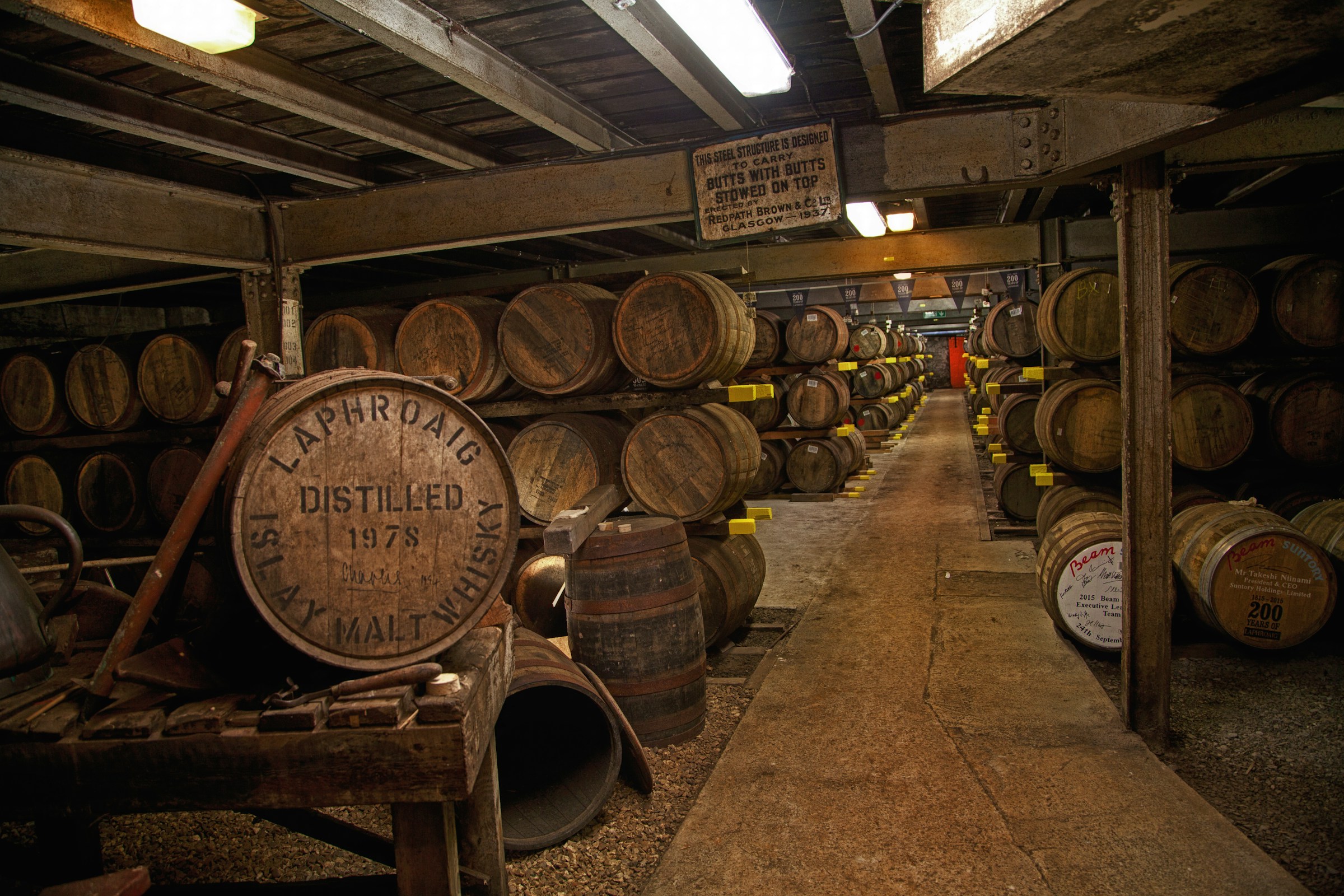Glen Spey distillery information
Built by James Stuart & Co in 1878 under the name “Mill of Rothes”, the Glen Spey distillery is located in Rothes, Aberlour, in center of the Speyside whisky region of Scotland. As the original name implies, the original purpose of the building was an oatmeal mill. Stuart was a corn merchant who at some point decided he wanted to try his luck distilling whisky. The distillation equipment simply was added to the existing mill, and Stuart was in the whisky business. He must have liked what he experienced, because 6 years later, he bought The Macallan distillery instead, and sold off Glen Spey to English W. & A. Gilbey Ltd. in 1887.
In 1920, a fire raged through the distillery, leading to a rebuilding. Under Gilbeys’ management, the distillery made it through the3 US prohibition period, and later on World War 2. In 1962, W. & A. Gilbey Ltd merged with United Wine Traders and formed International Distillers and Vintners. Under their management, the amount of stills was doubled from two to four in 1970. In 1972, Watney Mann acquired the Glen Spey distillery, but they themselves were taken over by Grand Metropolitan. They, in turn, merged with Guinness in 1997, and when Guinness was taken over by Diageo, Glen Spey went with it.
The Glen Spey distillery shares its water source with several other distilleries in the area. However, since some of these distilleries were located upstream of Glen Spey, and these distilleries historically fed their hot water back to the burn, by the time it would reach the distillery, it would be too hot to use for cooling of its stills. Thus, Glen Spey was forced to introduce water coolers. Nowadays, new restrictions prohibit distilleries from simply discarding their waters at will, so the coolers no longer are necessary.
The spirit stills are Glen Spey are operated at low pressure, which explains the lack of a release valve on the stills. Furthermore, the spirit stills are eqipped with purifiers, which are meant to trap less volatile vapors and redirect them back to the still, thus increasing the reflux, and leading to a lighter, more delicate whisky.
Glen Spey whisky
As said, most whisky produced at Glen Spey is used for blending. However, a few official bottlings were released:
- 12 Years Old – Flora and Fauna
- 21 Years Old (2010 Special Release)
- 1996 – Managers Choice ; matured in American oak
Most of the whisky produced at Glen Spey has always been used for blending purposes, most notably for J&B Blends.
Distillery info:
| Name | Glen Spey |
| Region | Speyside |
| Logo | |
| Status | Active |
| Founded | 1878 |
| Water source | the Rothes Burn |
| Owned by | Diageo |
| Address |
Glen Spey Distillery |
| Visitor centre | No |
| Website | N/A |
| N/A | |
| N/A | |
| Community | N/A |
| Map |
Distillery Setup:
Component |
Capacity |
Quantity |
|---|---|---|
| Mash tun | 2 tonnes | 1 |
| Washback | 25,000 litres | 8 (Stainless Steel) |
| Wash still | 12,000 litres | 2 |
| Spirit Still | 7,500 litres | 2 |
| Expected yearly output in LPA (Litres of pure alcohol) | 1,400,000 |
